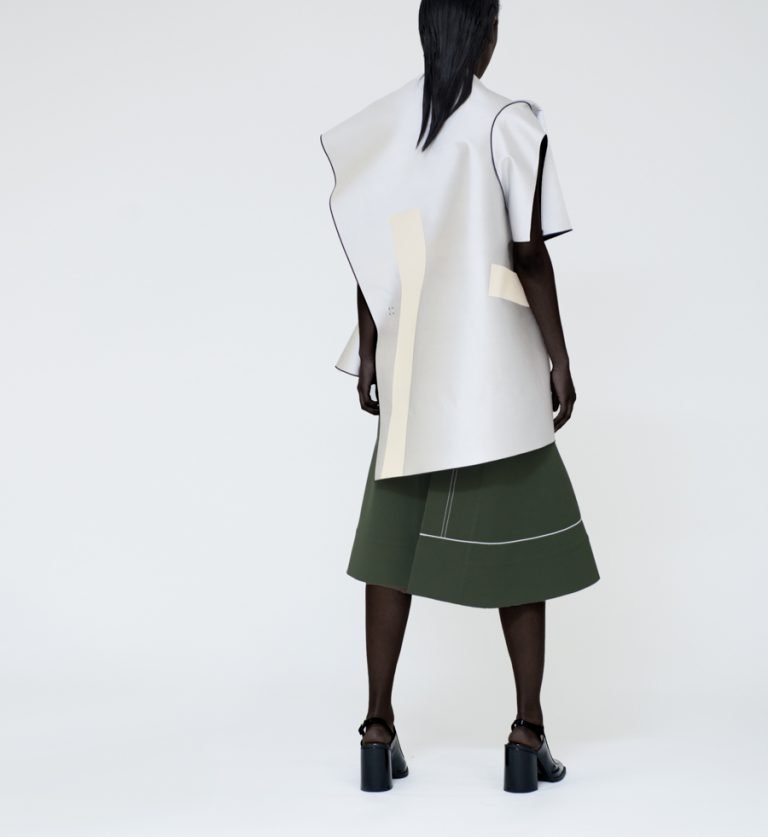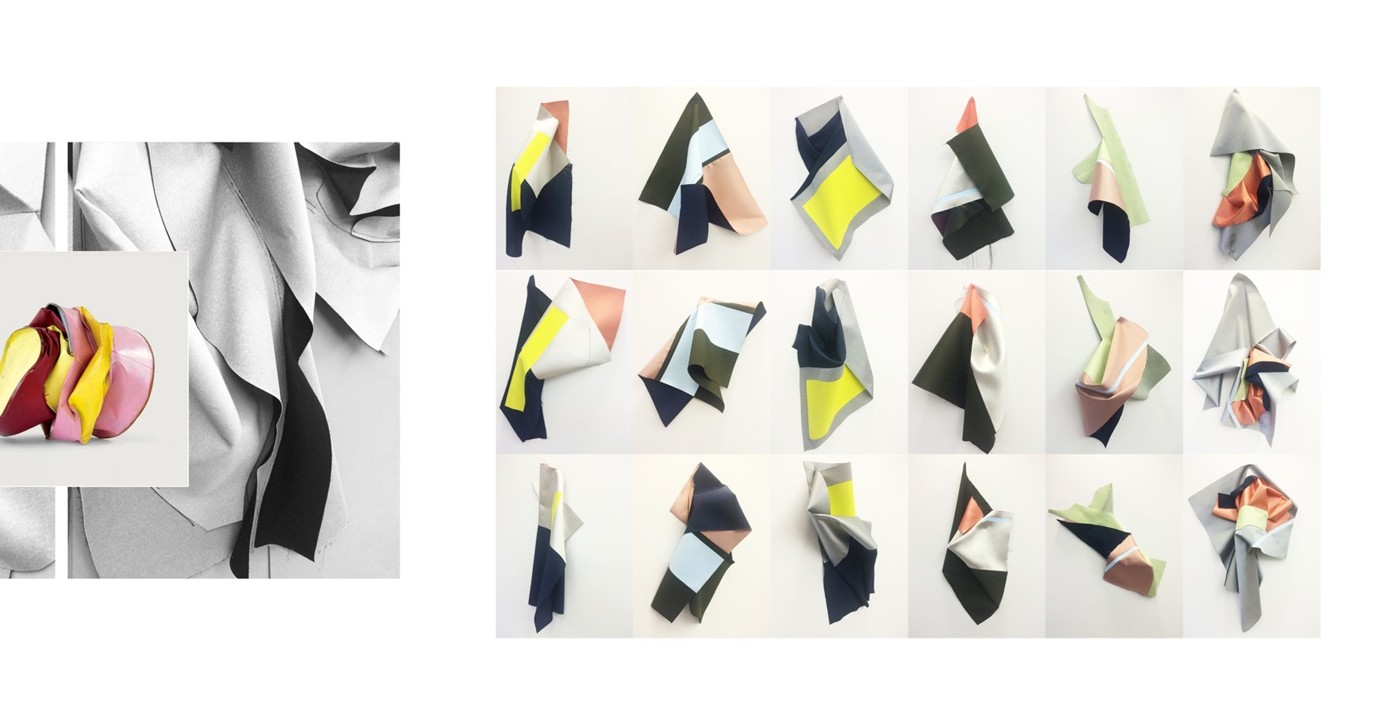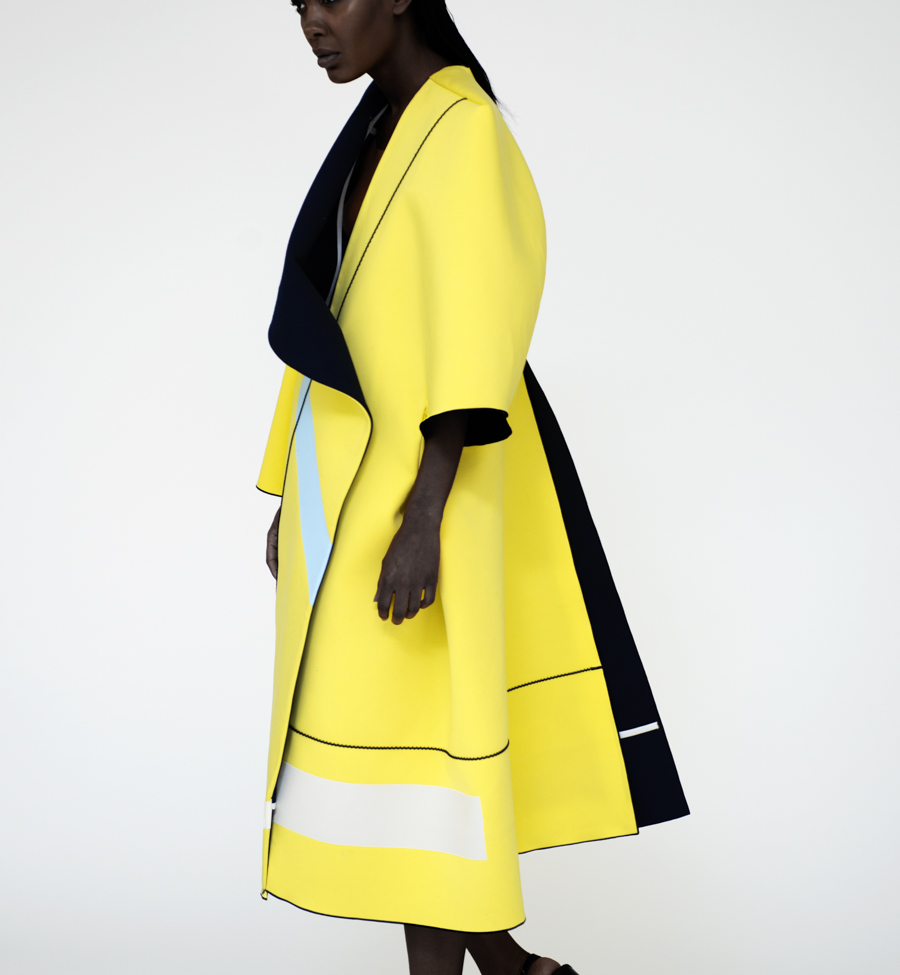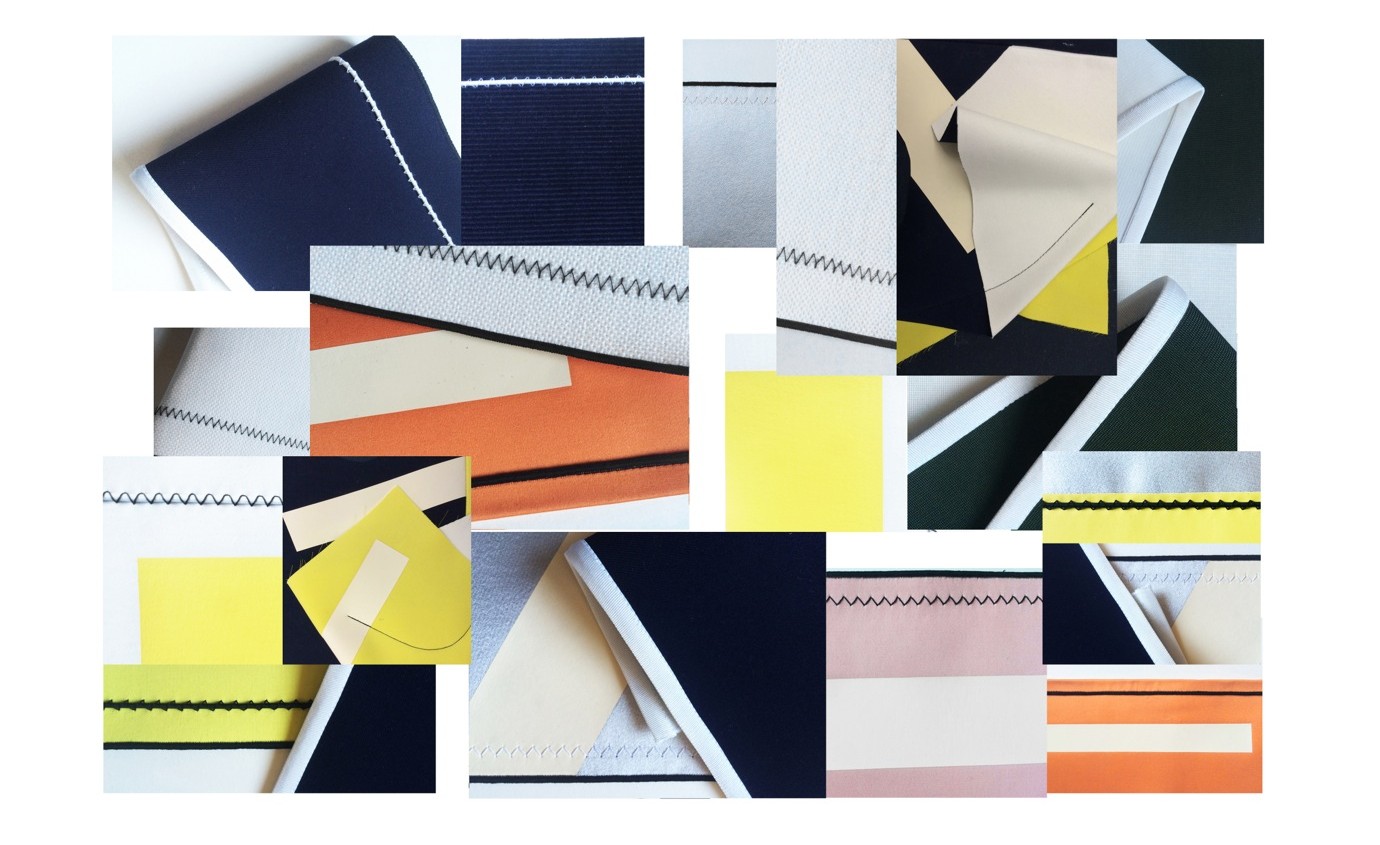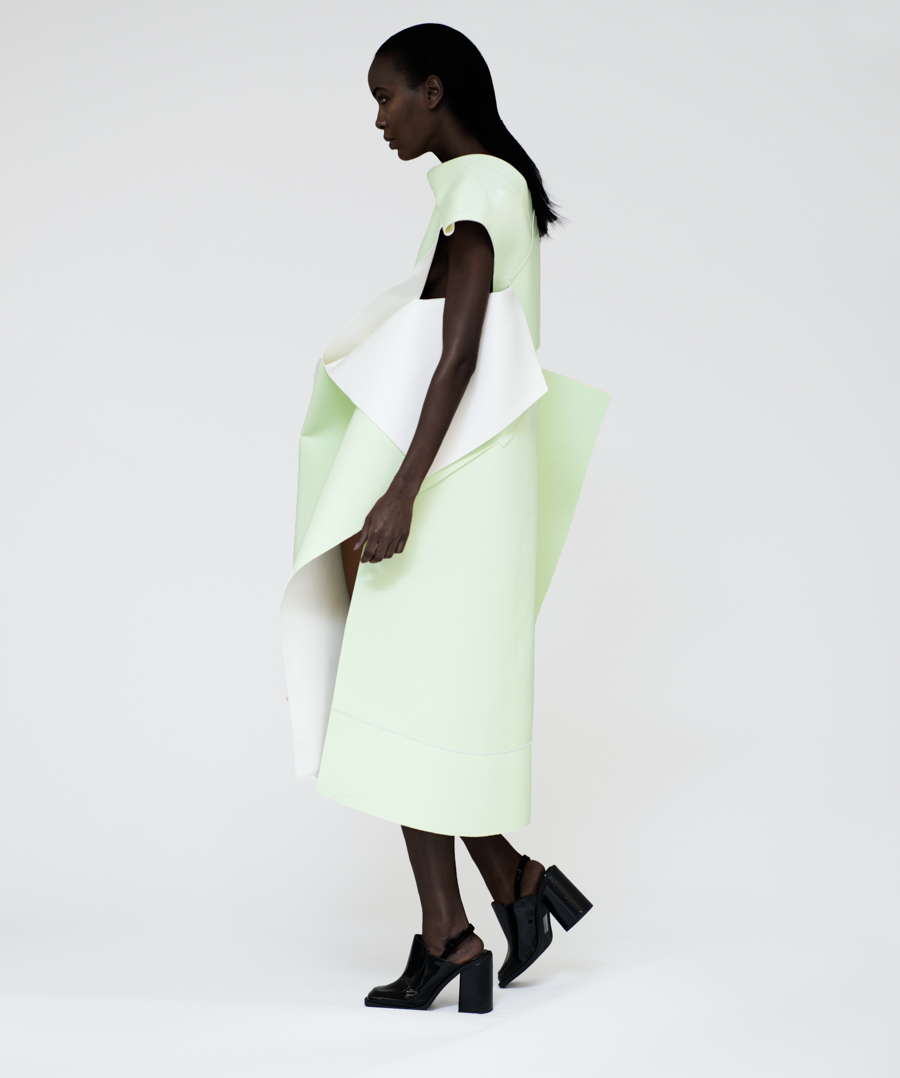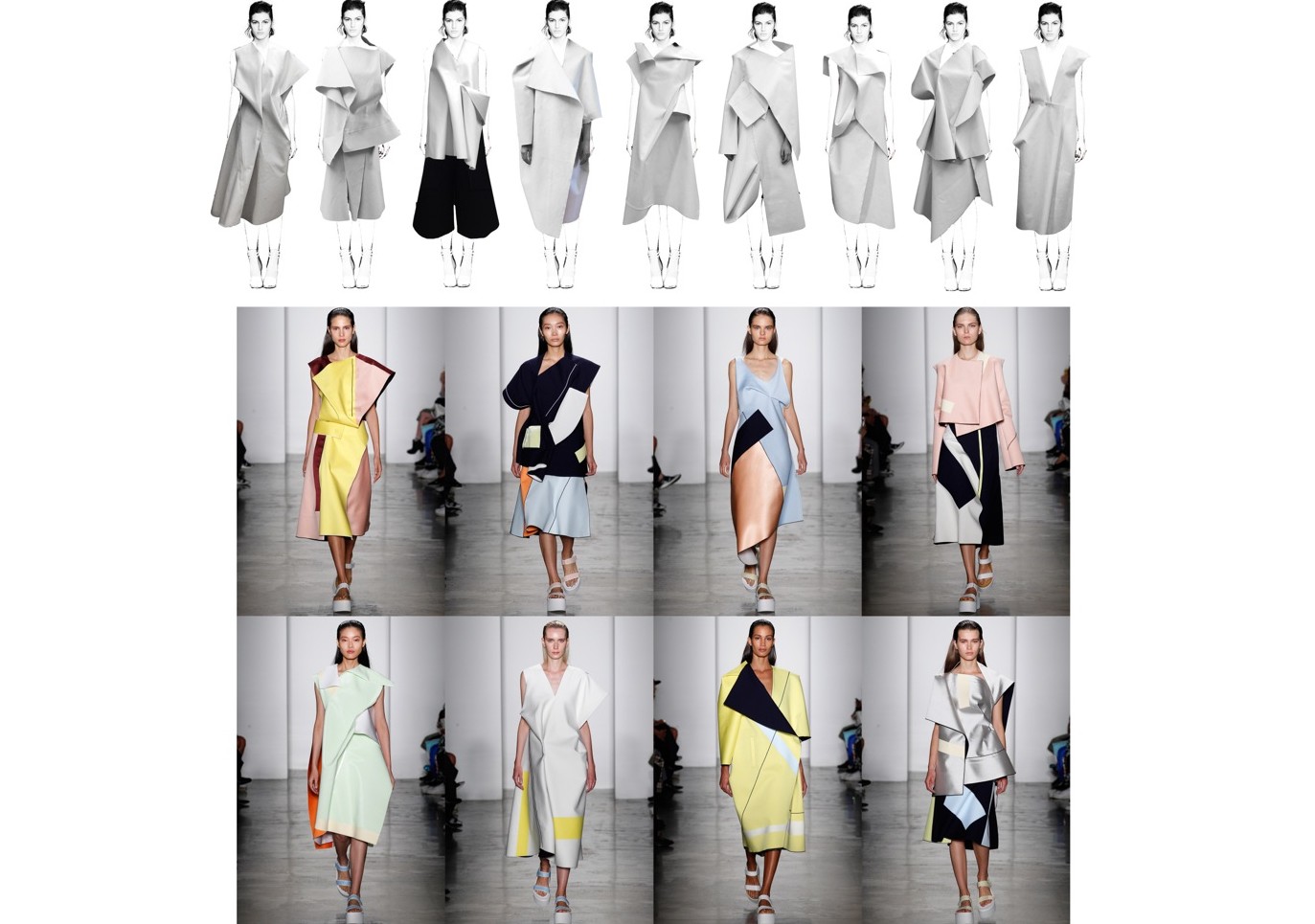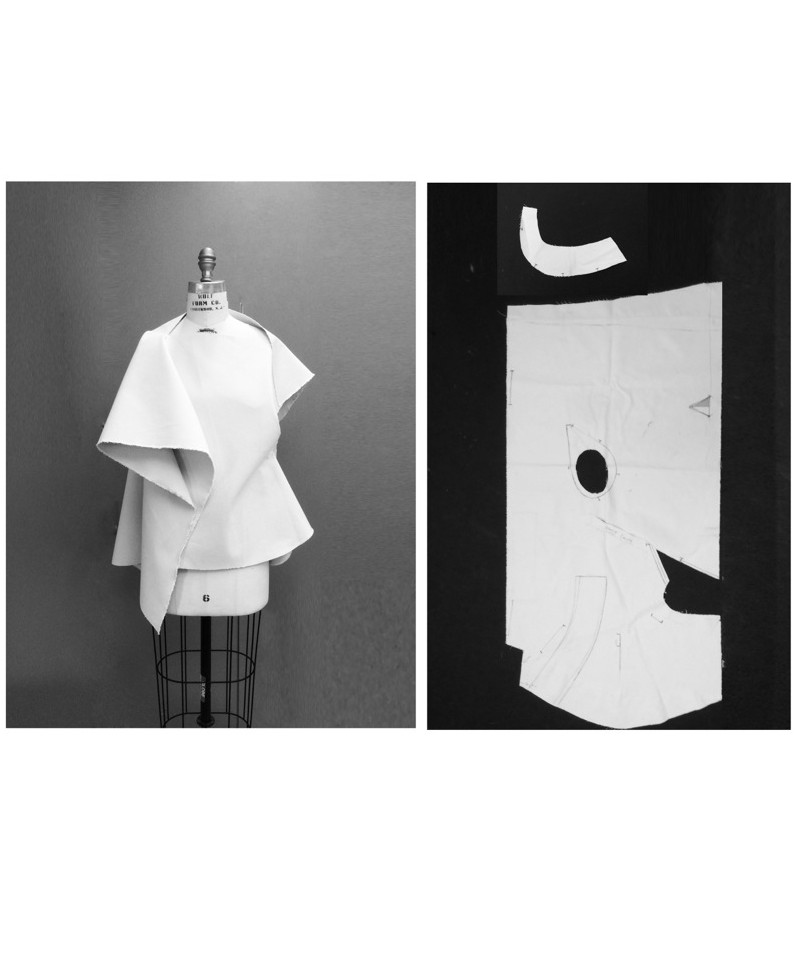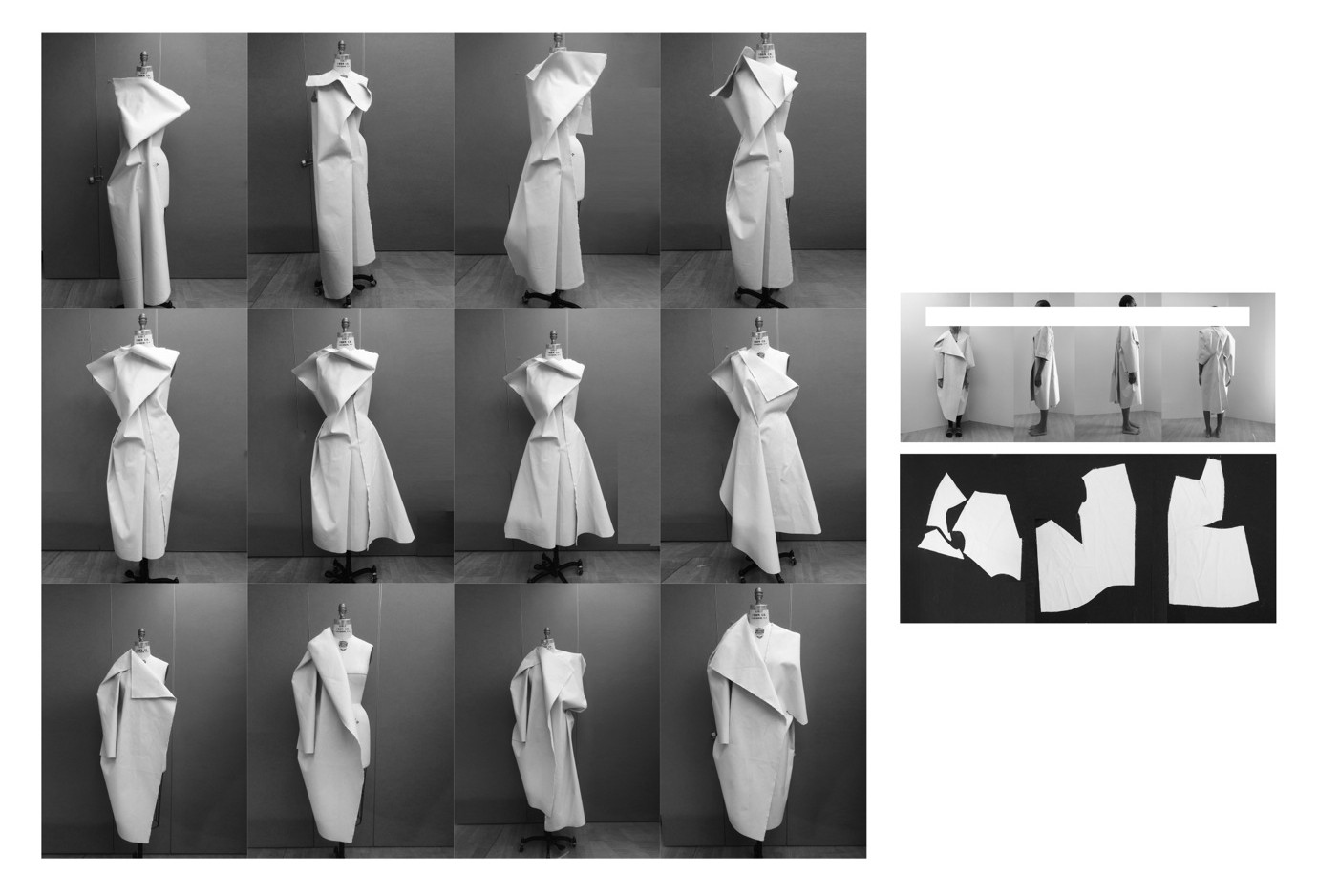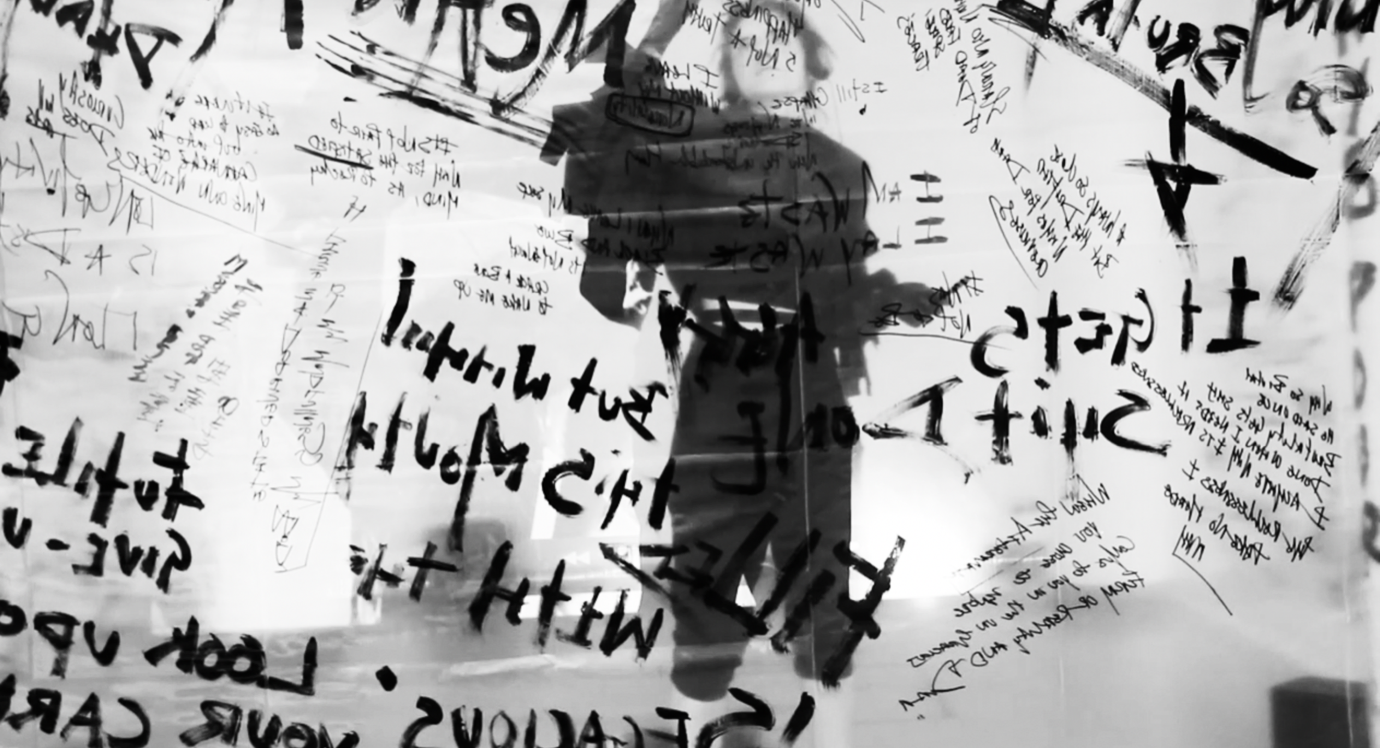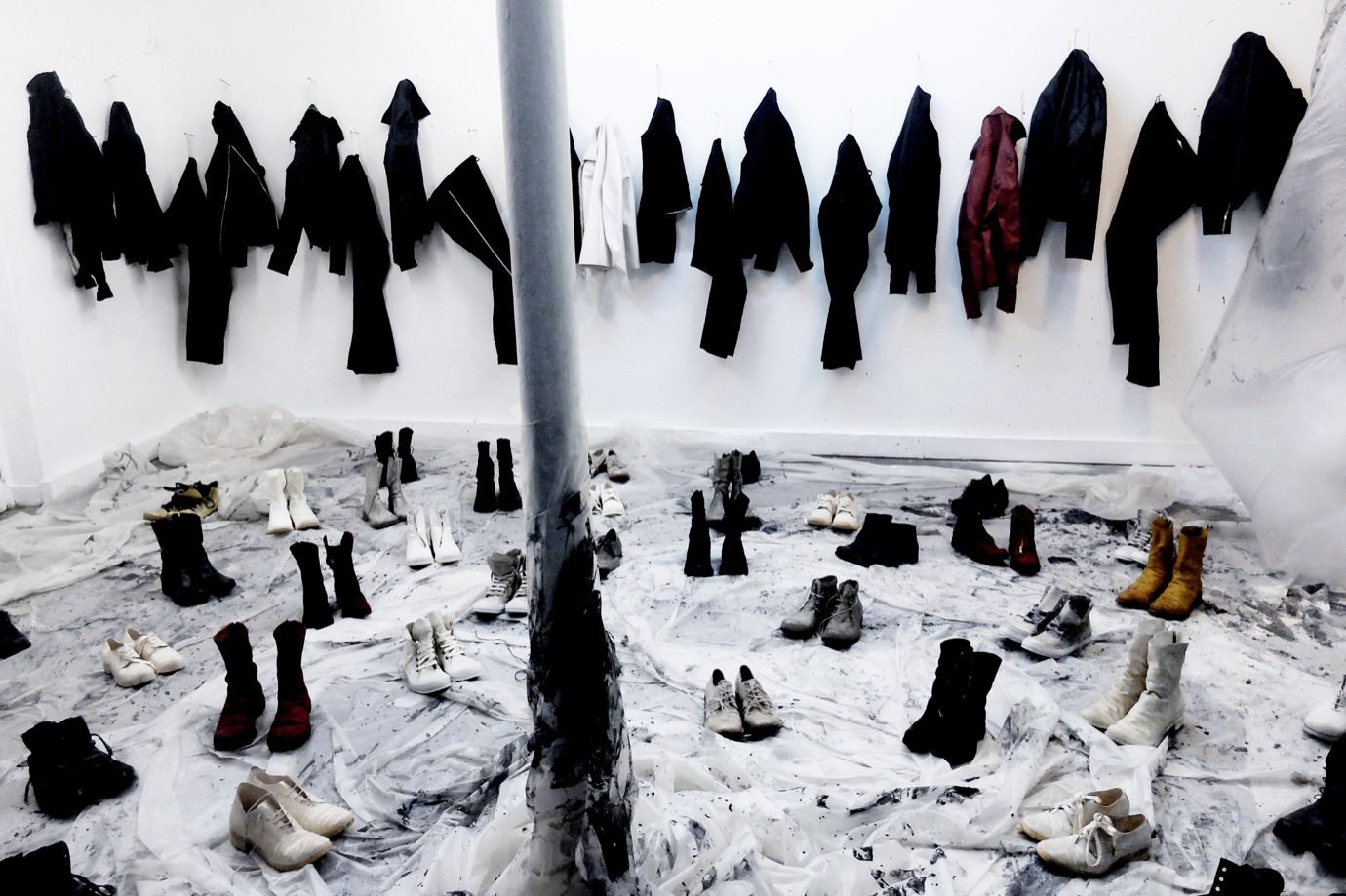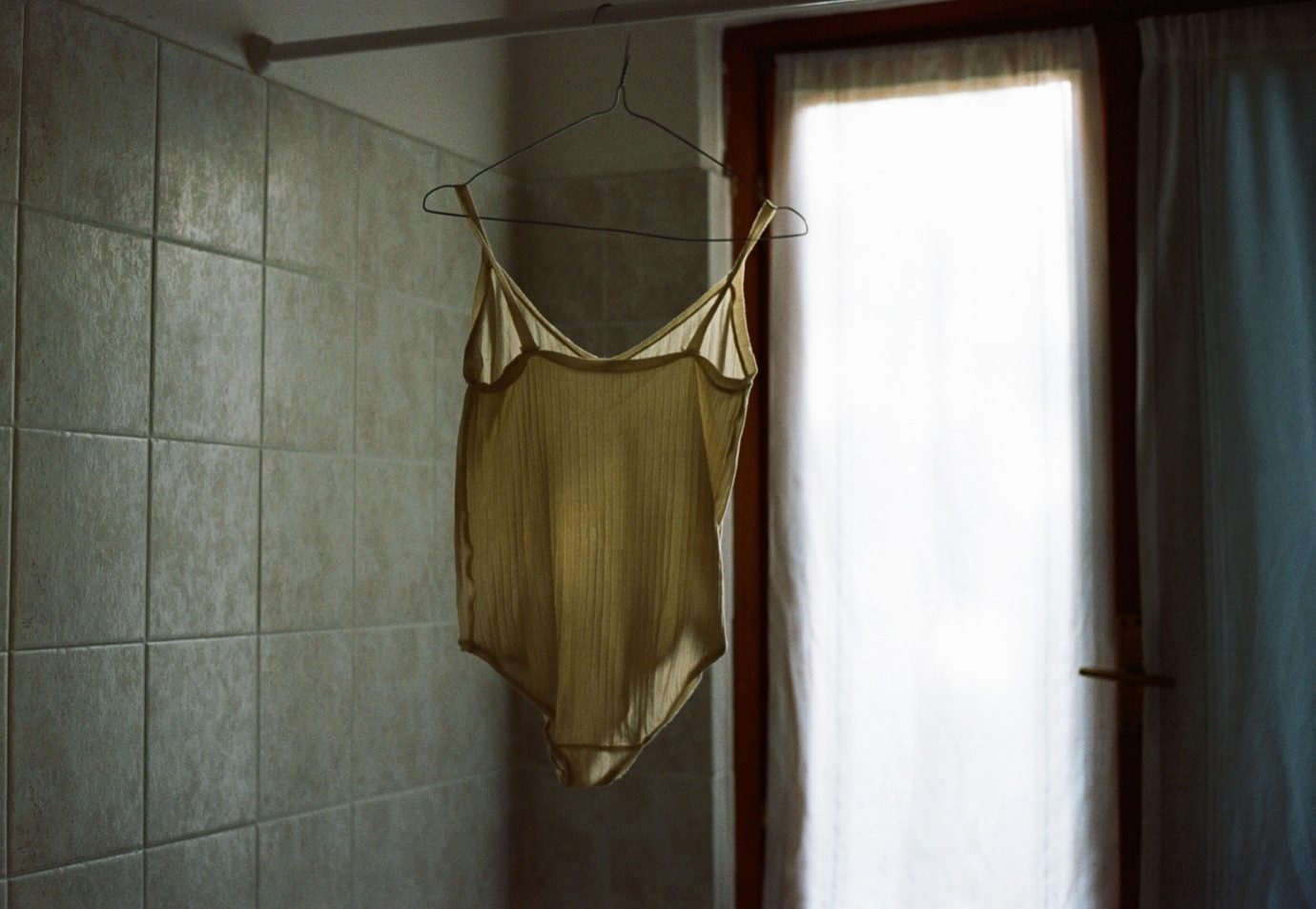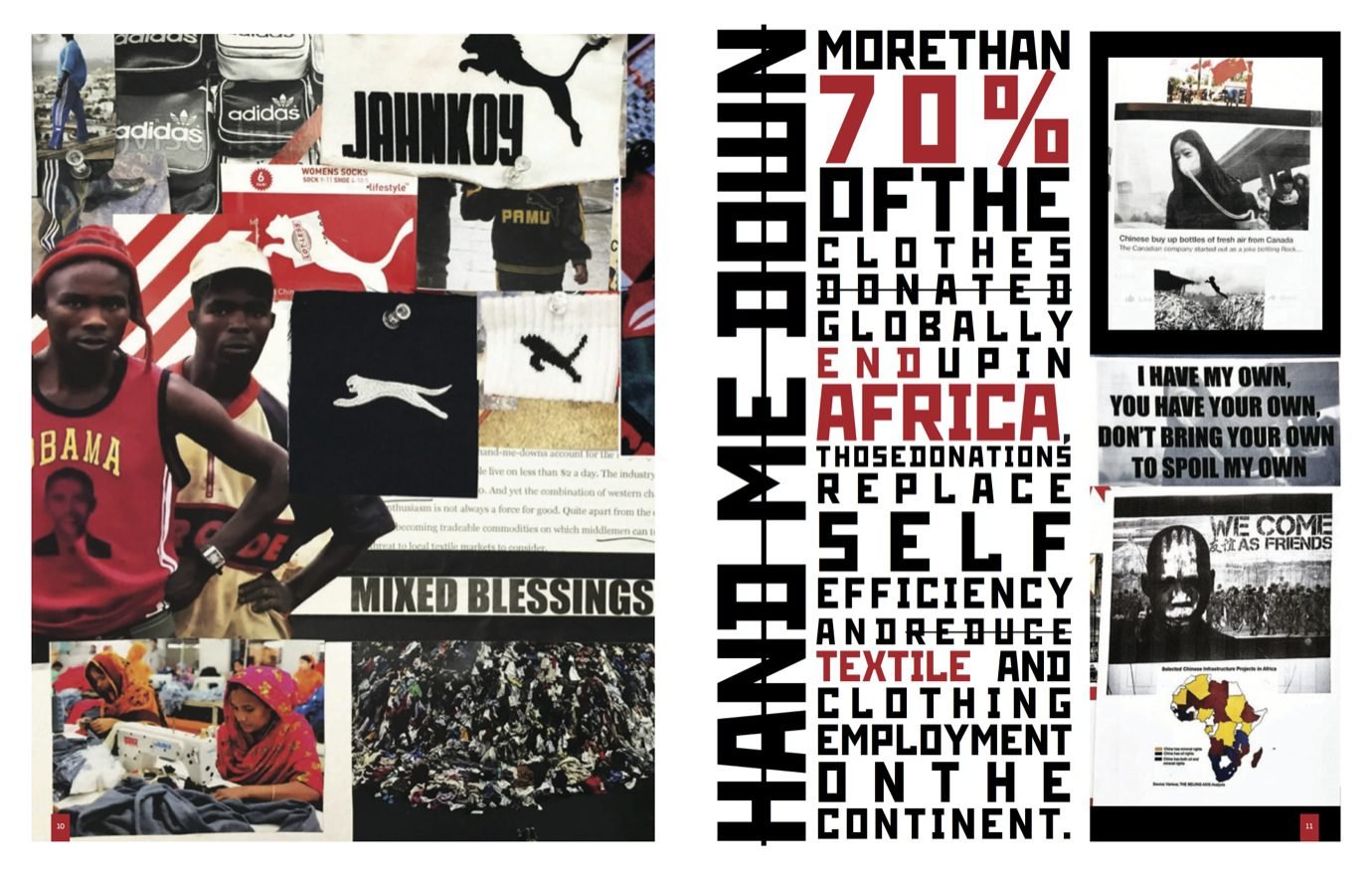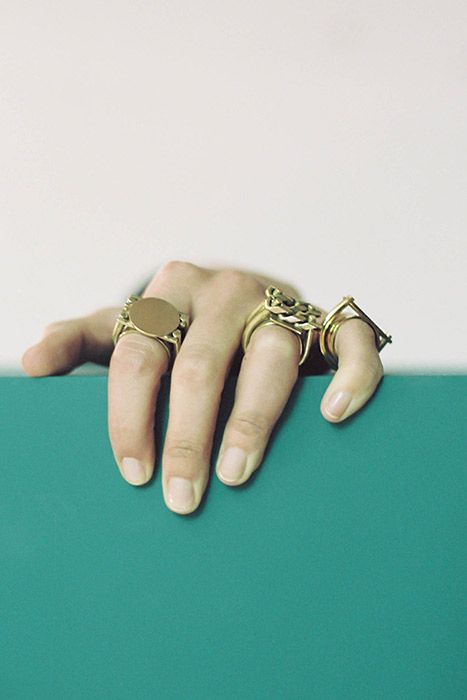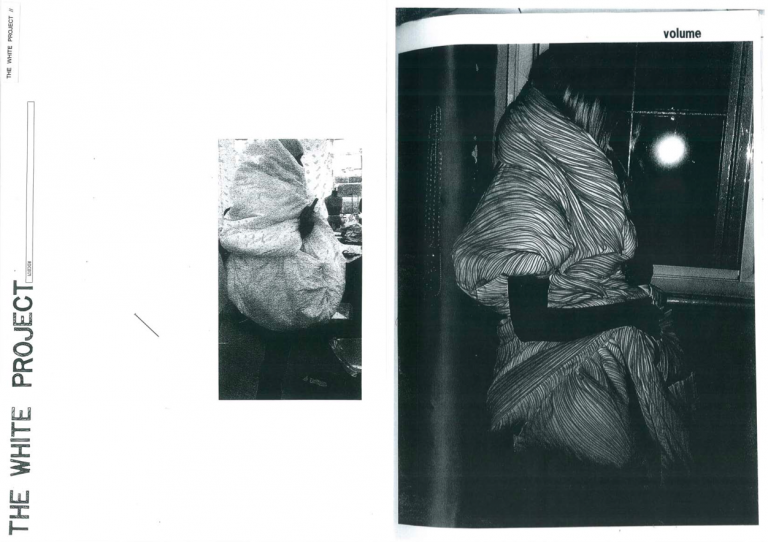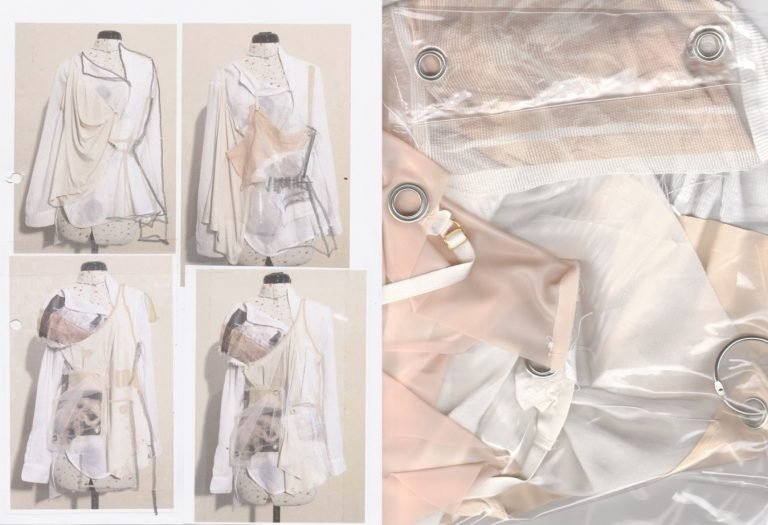Working in Beijing for two years before moving to New York, Pengji Cai received an investment opportunity to design three collections under his own label. After that, he entered a competition called Creative Sky. The judges for the competition included: Editor-in-Chief of Vogue China, Angelica Cheung; designer Jason Wu, and Simons Collins (former Dean of Parsons School of Design). From this, he won the “Parsons Award” which led to receiving a full-ride scholarship for his education in New York City as a design student.
Reflecting on his New York masters’ education, he explains his approach to fashion and functionality. As functionality is integral to his design, his works are often viewed as commercial. “I’m not really worried about people saying whether or not my designs are quite commercial or practical,” Pengji says. He believes that the definition of fashion in itself is something that is wearable, but that its definition is limitless and boundless. “I believe that garments should be worn, fashion is not just artwork.” Although he does not design for a specific target audience, he wants people who are passionate in making and draping patterns to appreciate his work. Another fundamental asset of Pengji’s work are the details and finishings of his designs: “I believe the details should be the storytellers of what I want to convey and not a description of the background story.”
“I ALWAYS KEEP MY EYES OPEN TO EVERYTHING, YOU NEVER KNOW WHEN SOMETHING WILL ATTRACT YOU… I’VE HAD A PROJECT START WITH MOULDY STRAWBERRIES AS THE INITIAL INSPIRATION!”

